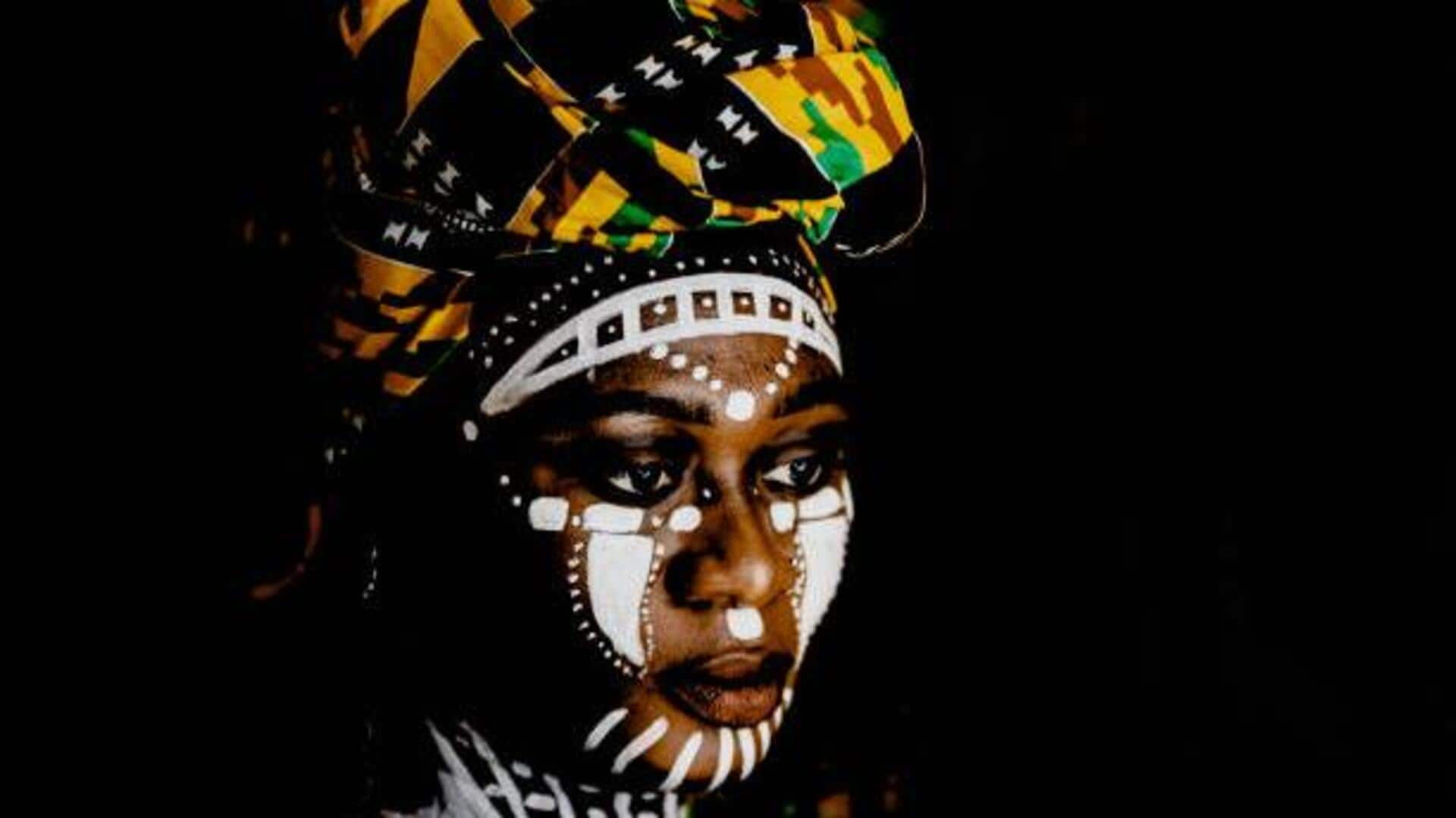
African body art: Tradition, culture, and history
What's the story
African body art is an essential cultural expression with deep historical roots. It includes tattooing, scarification, body painting, etc. These practices are not just for decoration but hold cultural significance, often representing identity, status, or rites of passage. Understanding African body art gives us a glimpse into the diverse cultures across the continent and their rich histories.
Tattoos
Tattoos: Symbols of identity
Tattoos in African cultures largely act as symbols of identity and belonging. They may signify tribal affiliation or personal achievements. In some communities, tattoos are used to mark milestones, like reaching adulthood or marriage. The designs vary widely across regions and tribes, each carrying unique meanings that reflect the values and beliefs of the people.
Scarification
Scarification: Marks of heritage
Scarification involves marking the skin with patterns through cutting/branding. This practice has a deep-rooted tradition and is used to signify social status/spiritual beliefs. In many societies, scarification marks are considered a rite of passage into adulthood. The scars tell the stories of an individual's heritage and his/her personal journey within their community.
Body painting
Body painting: Celebrations in color
Body painting has always been a colorful way of expression in Africa during festivals, ceremonies, and rituals. Natural pigments from plants are typically used to create detailed designs on the skin. These paintings may symbolize protection from evil spirits or commemorate important life events like weddings or harvests. The colors and patterns selected are often imbued with their own meanings related to cultural narratives.
Jewelry
Jewelry: Adornments with meaning
Jewelry serves as an integral part of African body art practices as adornments that carry cultural significance beyond aesthetics. Beads, shells, metals, stones, etc., are made into necklaces, bracelets, anklets, etc., with each piece narrating its own story about lineage or social standing in a tribe or community setting. Here, it holds value both materially and symbolically among wearers who cherish them dearly across generations.